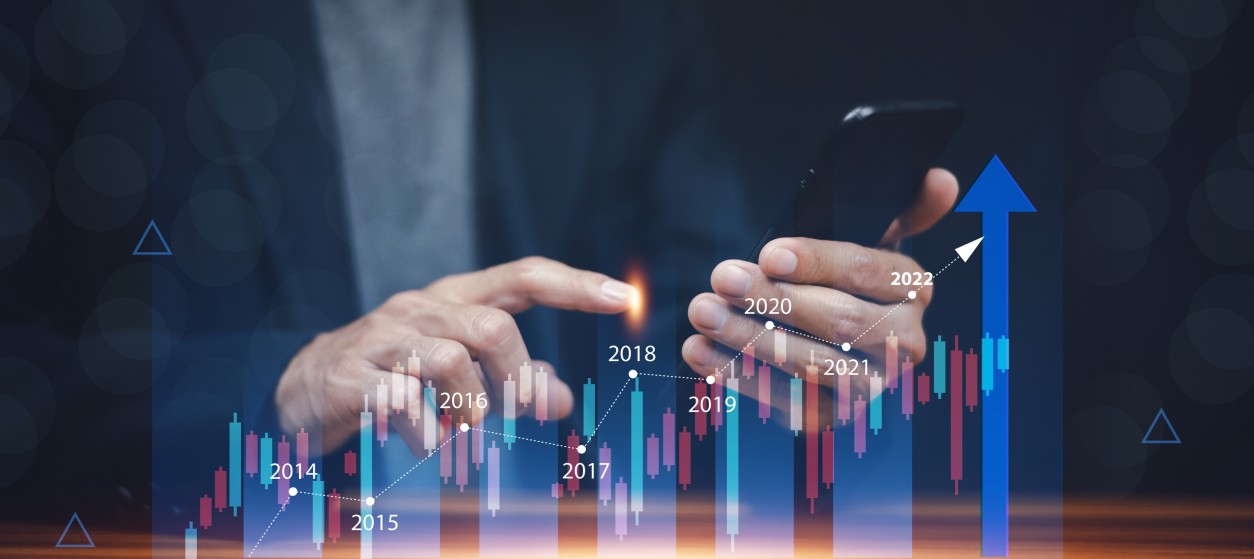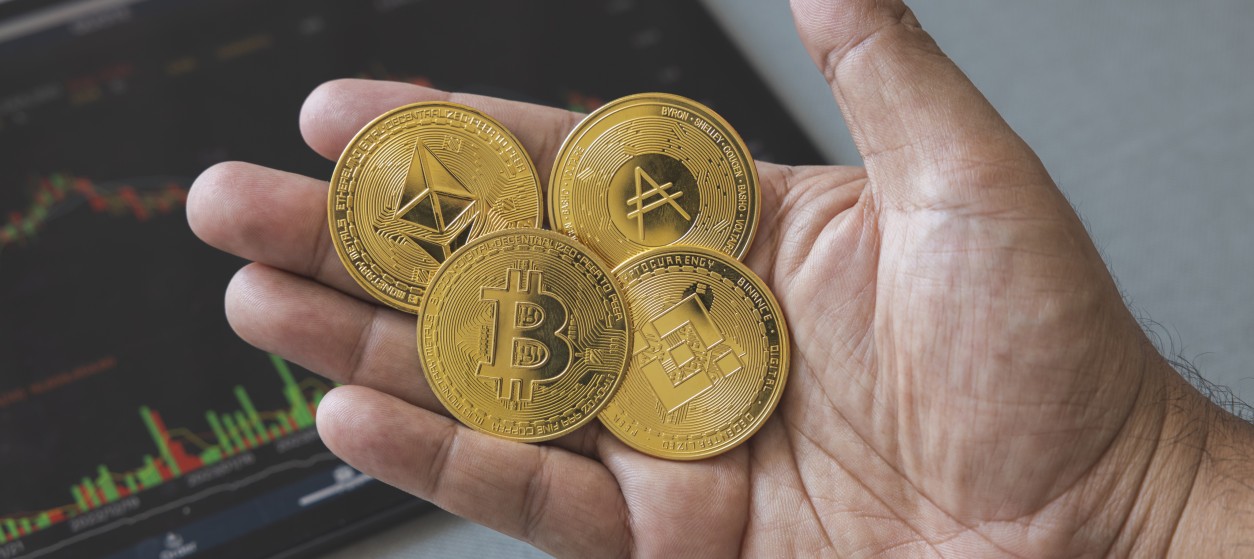Non-Fungible Tokens (NFTs) have recently become a popular buzzword in the world of cryptocurrencies and blockchain technology. While traditionally NFTs have been used to represent unique art and digital collectibles, there is a growing trend to use them as a means of trading data. This is the reason why several companies have explored use cases about how NFTs can be used to represent datasets (i.e., in the form of “Non-Fungible Data” or “Data as NFTs”) that acquire value over time.
An NFT is a digital asset that represents ownership of a unique item or piece of content. Unlike traditional cryptocurrencies or tokens, NFTs are not interchangeable or fungible. Each NFT is unique, making it ideal for representing one-of-a-kind digital content such as digital art, music, and even tweets. NFTs are created using blockchain technology which ensures their authenticity, scarcity, and ownership. These properties ensure proper management of data ownership in NFTs.
Trading Data as NFTs
Trading data as NFTs refers to the practice of representing data as a unique digital asset that can be bought, sold, and traded. This enables a novel form of tokenized data trading. The value of these NFTs increases over time as the data becomes more valuable and sought after. For example, let’s say you have a dataset containing historical weather data from a specific region. This data is not readily available and is in high demand from industries such as agriculture, tourism, and insurance. By representing this dataset as an NFT, you can sell it to the highest bidder, with the value of the NFT increasing as the demand for the data grows.
Trading data as NFTs has numerous benefits. It provides a secure and transparent way for individuals and organizations to trade data without the need for intermediaries. An intermediary could be a data marketplace or a data broker that facilitates the transaction of data. By utilizing NFTs, the transaction process can be streamlined, reducing costs, and increasing efficiency.
Moreover, representing data as NFTs provides a way for data to be valued accurately. For instance, a dataset that is in high demand may be worth millions of dollars. However, without a secure and transparent way to trade this data, it may be undervalued, leading to a loss of potential revenue streams. Based on an NFT-based representation of a dataset, the true value of the data can be realized.
Let’s take a closer look at the NFT basics in trading. To buy an NFT (i.e., to purchase Crypto Data NFTs), one needs to have a cryptocurrency wallet. Popular wallets include MetaMask, MyEtherWallet, and Coinbase Wallet, among others. The next step is to find a marketplace where NFTs are sold. Some of the popular marketplaces are OpenSea, Rarible, and Foundation. Once you find an NFT that you are interested in buying, you can place a bid or simply purchase it outright if it is priced accordingly.
Trading Technology Trends: Digital Asset Trading
NFTs are amongst the trading technology trends and the emerging trading technologies. These trends are driven by the growing demand for secure, transparent, and efficient ways of trading data. This trend has been further fueled by the recent COVID-19 pandemic, which has created an urgent need for remote data trading solutions. From a technological perspective, NFT trading data is based on blockchain technology and represents an instance of blockchain data trading operations. Specifically, trading data as NFTs is made possible by blockchain technology. When a dataset is represented as an NFT, it is given a unique digital identity on the blockchain. This identity includes information such as the owner, the transaction history, and the value of the NFT. The ownership of the NFT can be transferred from one party to another via a secure and transparent transaction on the blockchain.
This is in-line with the trend of digital asset trading, which has grown exponentially in recent years. Digital asset trading is driven by the widespread adoption of blockchain technology and the emergence of NFTs. This form of trading offers several merits that have attracted investors, collectors, and businesses alike. In addition, the use of NFT market insights adds further value to the trading process. Some of the merits of digital asset trading and of NFT market insights for enhanced trading experience are:
- Accessibility and Liquidity: One of the key merits of digital asset trading is the accessibility and liquidity it offers. Unlike traditional investment markets, digital asset trading operates 24/7 and is accessible to anyone with an internet connection. This means that investors can trade assets at any time, providing flexibility and the ability to take advantage of market movements. Additionally, digital assets are highly liquid, meaning that buyers and sellers can quickly execute trades without facing significant delays or liquidity constraints.
- Global Reach: Digital asset trading is not limited by geographic boundaries. Traders can easily access and trade assets from anywhere in the world. This global reach opens up opportunities for diversification and allows traders to tap into markets that were previously out of reach. It also enables greater market depth and efficiency as a large pool of participants from different regions contribute to trading volumes and market dynamics.
- Efficiency and Transparency: Blockchain technology offers enhanced efficiency and transparency compared to traditional markets. Transactions on the blockchain are executed peer-to-peer, eliminating the need for intermediaries, and reducing costs. Additionally, the immutable nature of blockchain ensures transparency, as all transactions and ownership records are stored on a public ledger. This transparency builds trust among traders and reduces the risk of fraudulent activities.
- Fractional Ownership: NFTs have introduced the concept of fractional ownership to the digital asset trading space. Traditionally, high-value assets, such as real estate or artwork, were accessible only to a select few due to their high price tags. With NFTs, these assets can be divided into smaller, tradable units, allowing investors to own a fraction of the asset. Fractional ownership democratizes access to valuable assets and opens up investment opportunities to a broader range of individuals.
Overall, NFTs provide a revolutionary way for individuals and organizations to trade data securely, transparently, and efficiently. By representing data as an NFT, its true value can be realized and the potential for revenue streams can be maximized based on novel NFT investment strategies. In an increasingly data-driven world, industrial organizations must become prepared to trade data as NFTs in the scope of novel decentralized data marketplaces that will use blockchain in data trading.










TornadoCash: The ultimate solution for anonymous Ethereum transactions. Secure your financial privacy today
Enhance your privacy on Ethereum with TornadoCash. Enjoy secure and confidential transactions without compromising on decentralization.